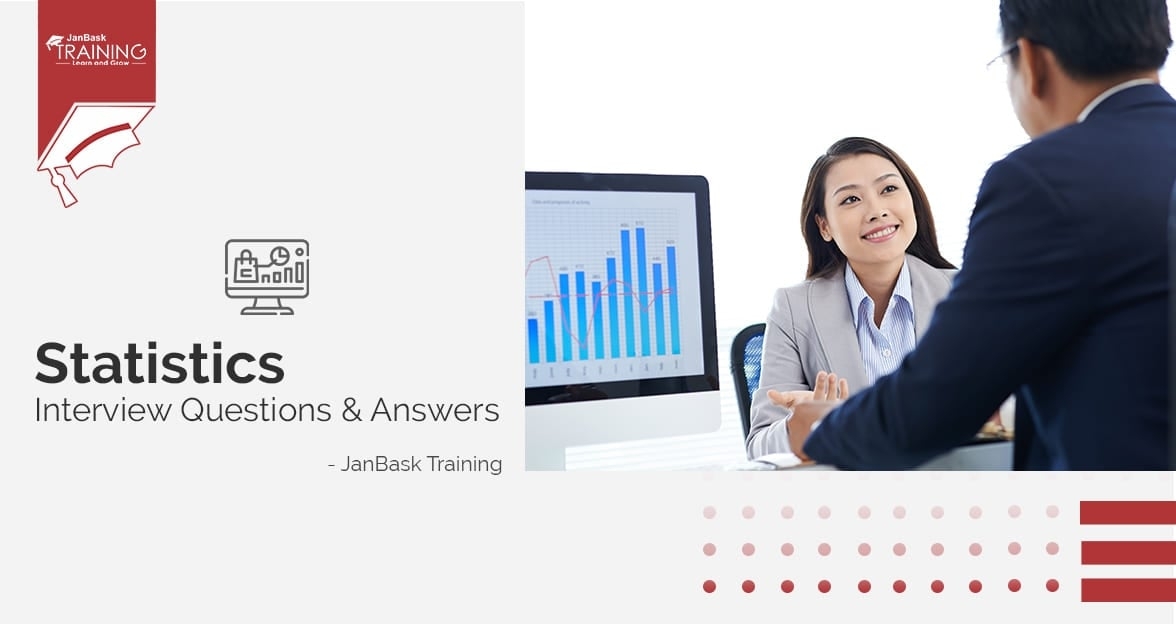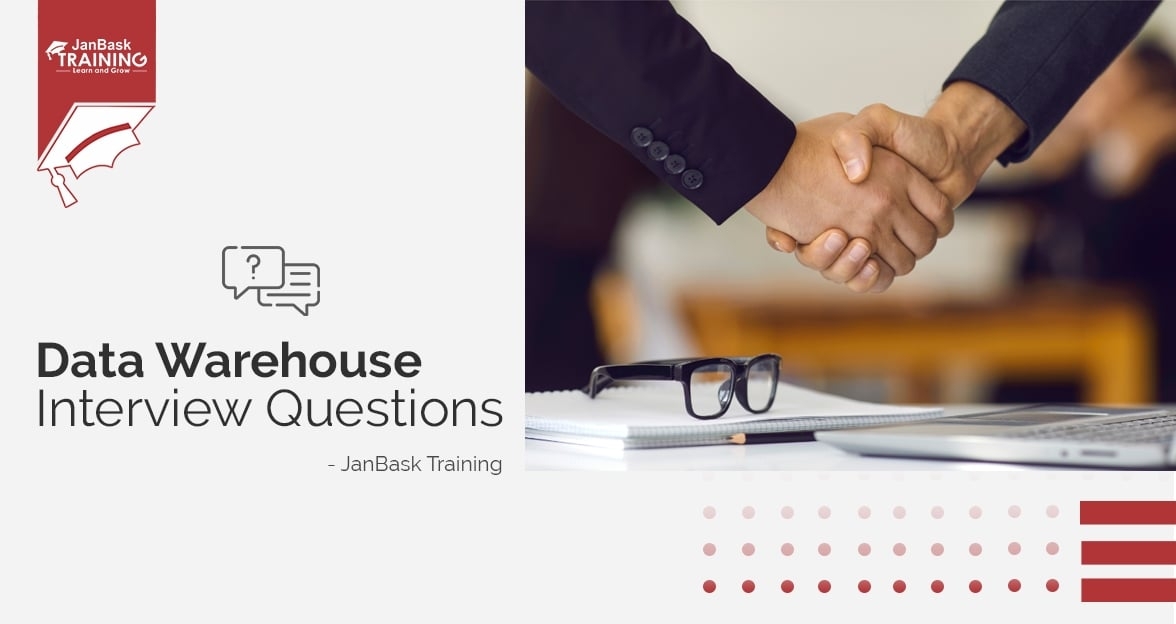 Grab Deal : Upto 30% off on live classes + 2 free self-paced courses - SCHEDULE CALL
Grab Deal : Upto 30% off on live classes + 2 free self-paced courses - SCHEDULE CALL

 Grab Deal : Upto 30% off on live classes + 2 free self-paced courses - SCHEDULE CALL
Grab Deal : Upto 30% off on live classes + 2 free self-paced courses - SCHEDULE CALL

Tableau is one of the most widely used data visualization tools. Today, it is used across platforms by businesses and individuals alike to create interactive and shareable dashboards, charts, graphs, and reports from complex datasets. Its importance in the field of data science has increased significantly, given the functionality of the tool. Anyone looking to make a career in data science must be familiar with the strengths of Tableau and how it can transform your data into a narrative that encourages your audience to take your desired action.
In this blog, we focus on Storytelling using Tableau and important interview questions that a data science employer may ask.
Ans: The storytelling aspect of data visualization is convenient and even more powerful when applied with tools such as Pro Tableau, which bring together analytical accuracy and enthralling narratives. Its approach makes data human by putting people through insights instead of overwhelming them with pure facts. Attention is directed at Pro Tableau visual manipulation, facilitating understanding and communication between analysts and decision-makers. It facilitates active involvement and exploration of data. Eventually, it turns raw data into a story, driving action and providing deep knowledge and insight through transformation from visualization to a powerful tale.
Ans: Storytelling goes beyond just information in data visualization. It is a medium for making sense of information and data. Storytelling provides understanding and background by putting into context insights that are seen. It takes the audience on such a journey in an understandable sequence. The results become more than just statistics; they become scenarios people can identify with emotionally. The strength of storytelling is emphasizing patterns, abnormalities, and trends and selling them as impressive stories. These three approaches provide deep insight into the issue, making the findings unforgettable and enabling the senior management team to implement them effectively without hesitation. Telling stories with data visualization instead of just presenting them makes it so that people don't just understand them; they accept them and make informed decisions.
Ans: Critical elements in data storytelling include telling an exciting tale. Within this realm, characters have KPIs and measures as their bodies, while KPIs are the heroes who carry the story of insights. The complex trends and patterns become the evolving storyline, unraveling the narrative plot throughout the data. Yet the essence is in the narration- how those ideas are communicated artistically—interpreting, Contextualizing, and telling a compelling story from diverse data points. The elements should synchronize so the data becomes an influential, inspiring story impacting decision-making.
Ans: Data storytelling demands that you know your audience as much as you design a painting based on the expectations of its audience. However, storytelling does not just entail presenting data but instead creating an understandable narrative about peoples’ perceptions, hopes, and fears. Understanding the audience enables us to formulate visualizations for them using terminologies within their grasp, considering the context. The charts are not just charts—they are stories that capture the audience, provide information, and move them to act upon it—and different people can do this in various ways.
Ans: To craft relatable data visualizations:
Making connections between this data and what is natural for each participant is critical. It may involve using the analogies of our everyday lives or applying this knowledge directly to their industries’ concerns (resonance) and painting a vibrant picture of your world using the raw information you obtain, turning it into a captivating story.
Ans: Raw information can be made into a cohesive narrative through context in data storytelling. The compass guides the audience through the data landscape and provides historical, socioeconomic, or industrial contexts of why these insights have meaning. Through storytelling narrative, they bring life to numbers by providing meaning to statistics relevant to real-world situations. However, it is not just showcasing figures and charts but narrating an engaging narrative that links each point to its meaning. Context illuminates the 'why' behind the 'what,' empowering audiences to grasp the implications and make informed decisions based on a deeper understanding.
Ans: Storytelling techniques have a transformational effect on what happens there. Data in itself is not just about figures. It tells a story and stitches it together, compels people to listen. Visual engagement acts as a storyteller in evoking emotions and improving understanding. Combining narrative and visual appeal, this turns a dashboard from a static display into an exciting quest for discovery. Insights become clearer, promoting more vivid perception and linking it to experience. As complexities unfold through Storytelling, stakeholders easily understand and relate to the complicated data relationship. In the long run, this amalgamation enhances neither the beauty nor the dashboard's power but ensures that the data speaks loudly, mesmerizes, and enlightens its audience.
Ans: A well-told story in the corporate sphere is an essential driver of meaning that goes beyond data and statistics toward personal comprehension and involvement. This turns high-level messages or info into understandable stories that affect the stakeholders in a personal way. This strengthens their relationship and enables them to see insights instead of just observing them, but they are now working together towards informed decisions. These stories instill an urge for action that unifies teams and brings decision-makers into one thought line. They connect raw data and actionable plans that kindle a culture in which stories mean more than just telling. They drive positive change, innovations, and successful company results.
Ans: Beyond just data visualization, Storytelling as an integral part of dashboard development is about presenting a compelling story from beginning to end. First, ensure you have a clear story map, understand your prospect's context, and marry data insights with their journey. Choose visuals that are not solely informative and elicit feelings on the part of the audience, guide spectators through logical events. Ensure the Storytelling is congruent through pontoons and use highlighting methods, such as annotation call-outs and tooltips, to feature critical points. Every graph or chart is another chapter of the general story. Provide insights into trends, issues, and success stories—turning dry data into an exciting story that touches and challenges people.
Ans: Data visualization is about showing simple raw information and developing a compelling storyline to set the user on course for success. Through contextualisation, users can gain a deep understanding naturally. We provide plain, straightforward visuals along with guiding stories that help connect complex data to easily understandable, actionable insights. Such as telling a story, the visualization being a chapter, and the insights becoming plot twists. The ease with which users navigate through these visual stories informs them of what is happening, what is good for them, and what they should know to make an informed decision; they identify patterns that otherwise would have escaped their notice and find out about possibilities or opportunities they had not imagined previously. In brief, creating a platform for data visualization user success means displaying information and empowering users to become storytellers in their data-driven mission.
Ans: Retelling old stories and uncovering secrets become more accessible through data analysis. Weaving data in these narratives unveils hidden complexities, revealing the most appealing images that attract public attention. Life is injected in stories that are old and commonly known so that people become attached to the data by seeing them in a new way. Through this approach, storytelling is combined with the potency of convincing people to listen and understand what they hear, thus deepening their perception holistically.
Ans: One question leads through the narrative of a dashboard. The result becomes visually compelling by streamlining these elements into one purposeful question when all charts and insights contribute to the central query. Such an approach clears communication and helps stakeholders quickly understand the message amidst all information flooding. Additionally, it promotes specific and deliberate inquiry into granular aspects of the question.
Ans: Effective storytelling in data visualization calls for an intentional weaving of understanding, cohesion, and impact. Firstly, choose visuals that perfectly capture the crux of the information without compromising their attractiveness to people. Give situational details that enable the viewers to understand the data’s story and easily capture its importance. In addition, use compelling stories that connect with the audience’s heart or mind using narratives, figures, and pictures. Therefore, by interweaving these strands, your data visualization turns into a narrative that remains in the memory of the audience for a long.
Ans: Writing anecdotes, in addition to data visualization, intensifies their effectiveness because it gives meaning to the figures and patterns. They function not only as separate "anecdotes" but as narrative threads that link the visual narrative and shed more light on its meaning. They can show why some patterns are present, reveal the people aspect of such observations, and clarify the impact of such conclusions. Written anecdotes are one of the ways of storytelling that connect the raw data with the audience's understanding through a more personalized approach.
Ans: In terms of storytelling, one needs to strike a balance between data and design. Hence, they contribute rather than reinforce the information without overshadowing the data. Therefore, the design should be done with utmost care so that the insights will be easily understood and entertaining to the audience. Proper combinations of colors, fonts, and visually appealing graphics will help convey the message more clearly. This balance makes the story exciting and memorable in the audience's minds.
Data Science Training - Using R and Python

Familiarity with storytelling and data visualization fundamentals is crucial to ace any Tableau or data science interview. The more you familiarize yourself with the intricacies of Storytelling, the better your data visualization emerges.
If you want to improve your data visualization skills and explore more of Tableau's hidden strengths, you can take the Tableau Self-Learning course offered by JanBask Digital.
Take a step towards a robust visualization skillset today!

Statistics Interview Question and Answers


Data Warehouse Interview Question And Answers in 2024

Cyber Security

QA

Salesforce

Business Analyst

MS SQL Server

Data Science

DevOps

Hadoop

Python

Artificial Intelligence

Machine Learning

Tableau
Download Syllabus
Get Complete Course Syllabus
Enroll For Demo Class
It will take less than a minute
Tutorials
Interviews
You must be logged in to post a comment